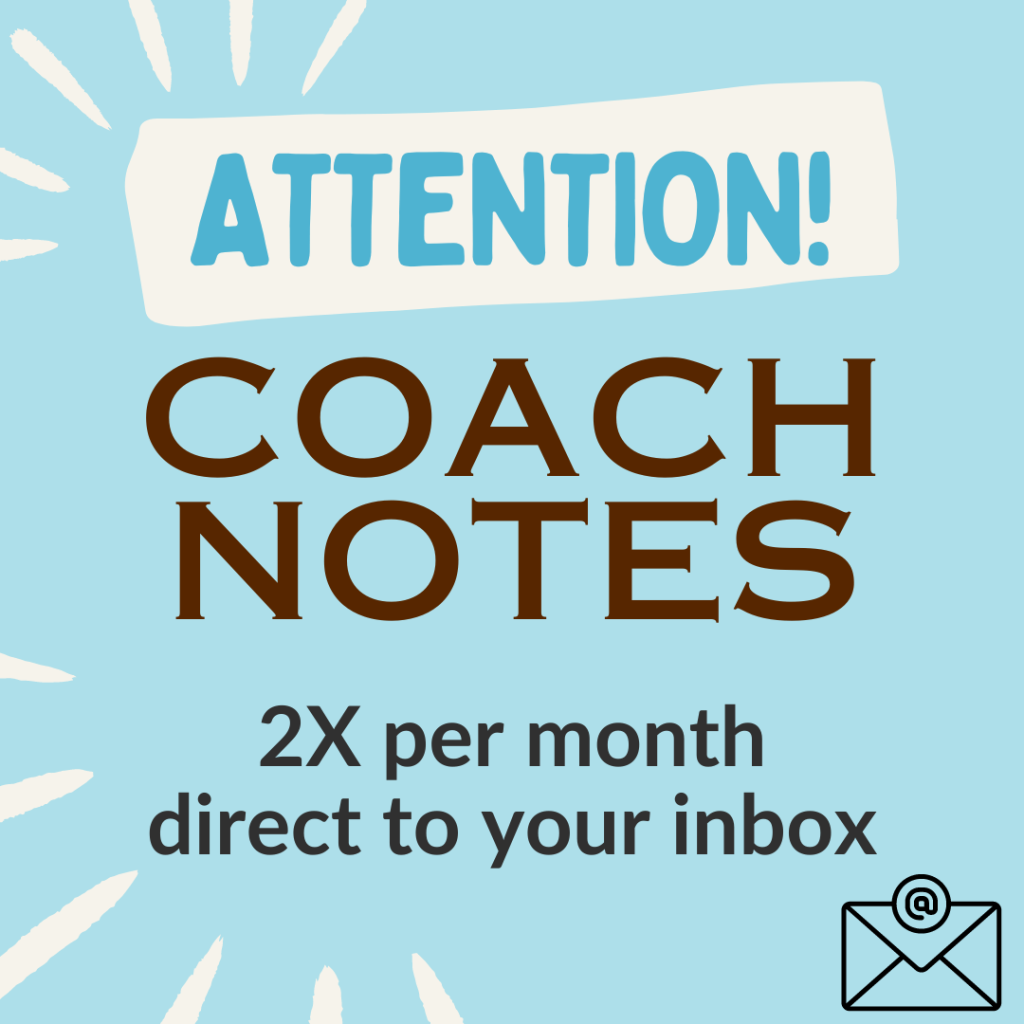I’m curious about business decision process and I’ve been thinking about how even smart leaders can make the wrong choices. For one thing, I’ve been reading Chip and Dan Heath’s new book Decisive: How to Make Better Choices in Life and Work (Random House Digital, Inc., 2013).
The Heath brothers are professors who have several bestsellers out including Switch and Made to Stick. Their new book is full of good stories and research.
There are plenty of examples of faulty thinking and decision biases. Each of us can learn to recognize the kinds of flawed thinking that contribute to decision errors:
- Confirmation bias – a tendency to favor information that confirms our existing beliefs.
- The status–quo trap – an irrational preference for the current state of affairs. The current baseline serves as a reference point, and any deviation is perceived as a loss.
- Loss aversion – a tendency to strongly prefer avoiding losses over acquiring gains. Some studies suggest losses are psychologically twice as powerful as gains.
- Sunk–costs fallacy – when people make decisions about a current situation based on what they have already invested.
- Planning fallacy – estimating and forecasting errors occur when an optimism bias influences decisions and forecasts in policy, planning and management. Leaders tend to underestimate costs and overestimate completion times.
Awareness of biases is necessary, but it won’t necessarily prevent problems. It’s hard to correct for errors with only simple awareness. Most of us over–rely on data to support our decisions, without realizing that we unconsciously select facts and figures that confirm our preexisting ideas and opinions. This is a key discussion in sessions with many of my executive coaching clients.
One of the most popular decision-making processes is the pros-and-cons list, which requires us to weigh opposing points of views. It makes sense, and it’s easy to use. But over the last 40 years, psychology researchers have identified thinking biases that doom this decision-making model. There are more productive processes for making good decisions.
The WRAP Process
Chip and Dan Heath propose the “WRAP Process” in Decisive:
- W = Widen Your Options: When confronted with a decision, we have a tendency to define it within a narrow frame. Should we do this? or not? This way? or that way? Instead, we should substitute “and” for “or”. Narrow framing creates missed options and opportunities.
- R = Reality–Test Your Assumptions: When analyzing options, you gather information (both pro and con). But it’s hard to escape confirmation biases that unconsciously draw you to selecting self-serving information.
- A = Attain Distance before Deciding: You probably pride yourself on your ability to sift through data and be decisive, but no one is immune from emotional influences. Feelings can drive you to make wrong decisions unless you gain some distance.
- P = Prepare to Be Wrong: Once we make a decision, we look for confirming evidence that we’re right. Most of us are overconfident about how the future will unfold. But no one is immune from forecasting errors and the planning fallacy. We can help ensure success by preparing to be wrong.
You’ll have to read the book to understand the depth of each of the steps, and I recommend you do so. What process do you use when faced with an important decision?
I’d love to hear from you.

Creator of the KASHBOX: Knowledge, Attitude, Skills, Habits
Helping You Realize Your Potential
I help people discover their potential, expand and develop the skills and attitudes necessary to achieve a higher degree of personal and professional success and create a plan that enables them to balance the profit motives of their business with the personal motives of their lives.










